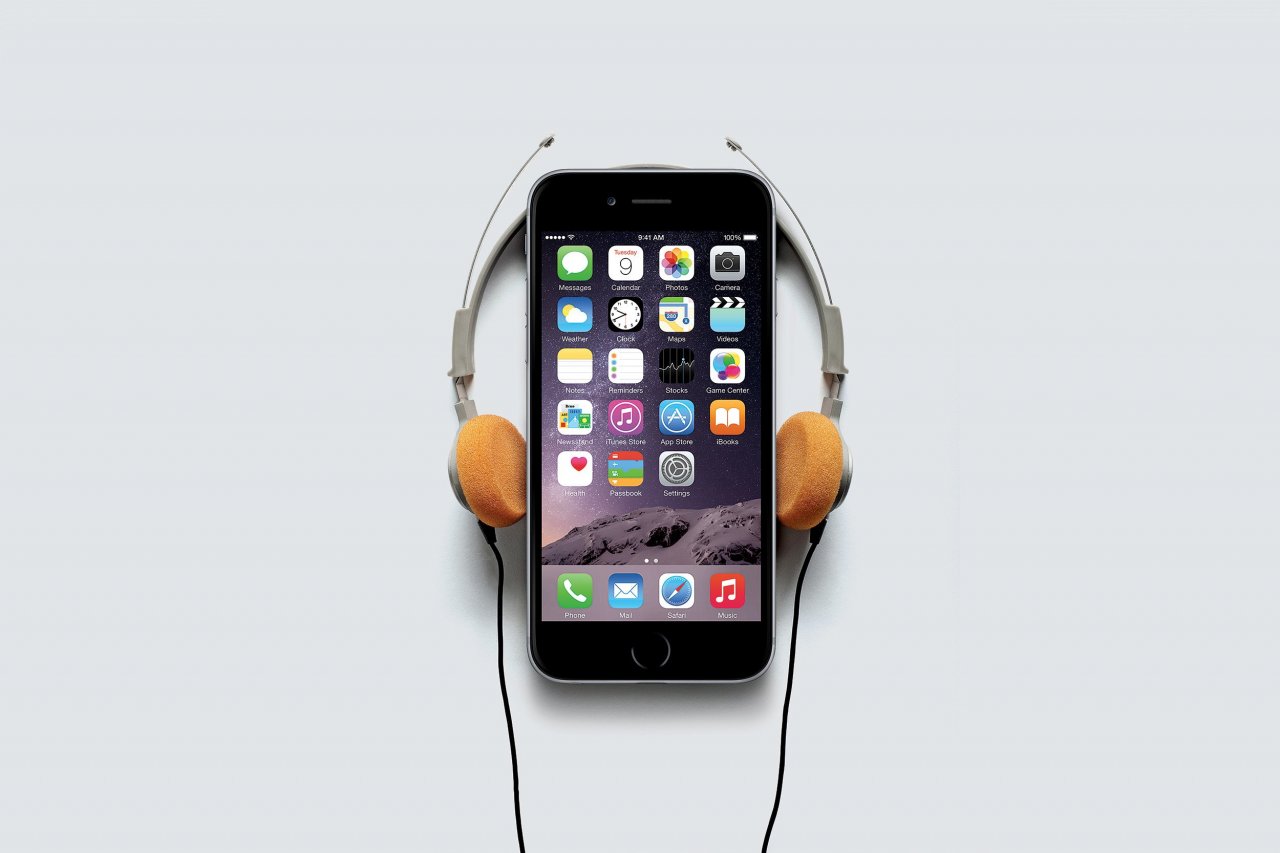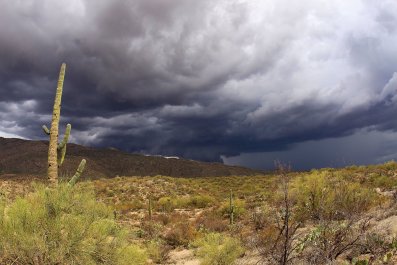In 1979, "My Sharona" topped the pop charts and Microsoft and Apple were baby companies, founded a few years before. The majority of people in the U.S. had never touched anything that contained a microprocessor. And if you believe the numbers, middle-class life would've been easier then than it is now.
Except that's not what the smartphone tells us.
Conventional wisdom says technology is fostering more of a financial struggle for the middle class. A recent Economic Policy Institute study showed that real annual wages for all but the top 10 percent of society have grown only 15 percent since 1979. That's almost no growth. If the value of what we get for each dollar spent hasn't changed much in all that time, life today would be no better than 35 years ago.
Mike Maples, a partner at tech investment firm Floodgate, recently sat across from me during happy hour, protesting such conventional wisdom. "The frames of reference are wrong," he said. "I mean, just look at all the products that you used to buy separately that are now collapsed into your smartphone for free."
Was Maples being flip? Or can the smartphone tell us something about our standard of living today compared with the days before computers and software spread into every pucker on the planet? The topic seemed worth exploring.
First of all, just take the phone—a device for talking to other people. A smartphone costs about $200 to buy and maybe $100 a month—$1,200 a year—for local and long-distance calls, plus a data plan and voice mail.
In 1979, a touch-tone phone bolted to the kitchen wall cost less to buy, but local-calling service by itself cost $325 a year, or $1,068 in 2015 dollars—nearly the same as cell service today. In 1979, AT&T also charged exorbitant per-minute rates for long-distance calls. So you could either choose not to call your mother in another state or pay hundreds more dollars per year for the privilege. International calls cost $1.34 per minute in 1979 ($4.40 in today's dollars), and they're now essentially free on Skype. Although in 1979, globalization hadn't kicked in yet, so most people didn't know anybody in another country.
If you wanted voice mail in 1979, an answering machine would've run about $125 ($410 today). Of course, it's free now. Plus, in 1979, no one even dreamed of talking by phone to someone while walking down the street. All phones were wired. You didn't call a person, you called a place. So on voice alone, the smartphone kicks some serious value-comparison butt.
Add in the most basic apps. My phone has a free calculator. In 1979, a nice adding machine cost $80 ($263 today). My phone has an address book, flashlight and calendar. None of those would've cost much in 1979, but they're free now, year after year. I also have a free weather app that gives me detailed forecasts for any location. In 1979, I remember dialing a number to get only the time and temperature, though that was free too.
How about music? In 1979, to carry portable music, you would've had to buy the first Sony Walkman for $150 ($493 today). Each album or tape cost $9 ($30 now). Today, a music player on my phone is free, and I can pay $9 a month ($2.75 in 1979 dollars) for Spotify and listen to almost any album in existence. It's been a long time since I've heard a cassette played on a Walkman through those spongy headphones, but I'm willing to bet it sounded like ass.
In 1979, you could buy a Kodak Pocket Instamatic camera, about the size of a deck of cards, for $28 ($92 now). Then you'd have to buy film every two dozen photos, and pay for the film to be processed into crappy little pictures. Now all that is free on a smartphone and immeasurably better.
Other things on my phone that I don't have to pay for: guitar tuner, file storage (Dropbox versus some big filing cabinet), compass, maps. Of course, we can now do things for free on our phones that weren't even imaginable in 1979. If you'd marched into Jimmy Carter's Oval Office and showed him GPS turn-by-turn directions on a palm-size gadget, he'd have had you arrested and sent to Area 51 with the other aliens.
Facebook, YouTube, Kayak, Zillow, Slack, Snapchat, e-books, digital news, podcasts—all unimaginable in 1979. And then there's Google. In 1979, if you and your friends were sitting on a porch talking about Apocalypse Now and wondered who played that "terminate the colonel's command" character, you'd have absolutely no way to find out. You could've gone decades without knowing it was Harrison Ford.
This value thing is a side of technology that doesn't get mentioned in economic reports or presidential candidate rants. Yes, certainly, more jobs are getting automated by software and artificial intelligence, eliminating some kinds of jobs and ratcheting up productivity for others. "Free" can kill whole industries. Rochester, New York, is nearly denuded of Kodak factory workers. The overall impact on the job market has let employers hire fewer people or keep wages flat.
But all that software and all those lower labor costs also mean that lots of stuff is way cheaper, and usually far better, than ever. It shows up in a big way in smartphones, but it shows up everywhere else too. Stylish clothes are so cheap at H&M because of technology and globalization. Spend $100 at H&M today and you can go home with a much better haul than if you'd spent the equivalent amount (about $31) at J.C. Penney in 1979.
Actually, few things cost more today on a relative basis than they did in 1979. The median home price in the U.S. today is $236,400. The median home price in 1979 was $71,800. Adjust that for inflation and the figure is $236,008. Pretty darn close.
So Maples's provocation wasn't just some rich guy with a vested interest trying to tell us we're not as bad off as we think we are. Technology both takes and gives. On the whole, it has made life better for less money, compared with the pre-computer era of 1979. In fact, life today is fantastically better if you factor in not having to listen to "My Sharona" 10 times a day.



















